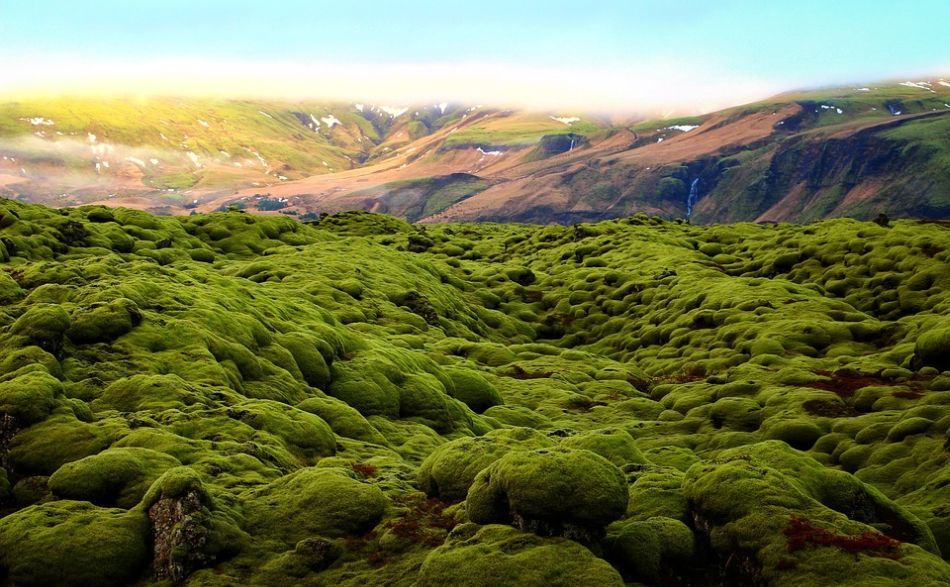If you’re looking to set up that perfect fairy garden you’ve always dreamed about, you’re probably not looking at the obvious choice for the green carpet: land moss! We’re going to talk about it in today’s article and hopefully I will make you understand that it’s at least worth giving a try.
You probably think that the best way to make your fairy garden or pot look better and greener is by planting some grass in the soil, but the truth is that it won’t work too well. A better option in most cases is, in my opinion, regular land moss.
Some would think moss is easy to keep and care for, but it is not always the case. There are different types of land moss and they often need a different environment than the one needed by the plants you put them next to.
So here are a few tips to help you decide if moss is the item you are looking for or not:
1. First things, first. Usually, the spots where you can find moss have the perfect wetness of the ground/rock and also the correct air humidity around.
If you can match that environment at home, you can grow moss. BUT usually the flowers you want to pair moss with, don’t need that much water or can’t live in an environment that’s as damp.
So when adding moss to your fairy garden (or anywhere else, actually), make sure that the plants you want to combine it with are compatible. A google search will usually help you with that!

2. Different types of moss means different types of needs. Some need to stay in the shade, while others need sun and water, so you need to know what kind of moss you have.
Either make sure you get all the info from where you buy it, or try and replicate the exact environment of the place you get it from if you make a trip to a park or somewhere where it naturally gows.
3. Moss can come with mold, yes, because they like similar things, but you can avoid mold if your ground is always wet, but also it doesn’t keep the wetness too much, and the pot has holes so the water doesn’t pile up there and instead all excess water dries out faster.
And if you want to make sure you don’t get moldy moss from outside yourself, you can simply check the ground under the blanket of moss. You’ll see tiny white spots, like flowers, if there’s any mold present – so stay away from that.
Alternately, you can buy it from the store. You should still double check, but moss bought from stores (if you can find it, because it’s not really a top buyer choice) usually comes without mold.
4. If you collect moss from outside, it could also be the home of various types of bugs.
Some hide away from the cold weather, other just prefer the humidity and thrive there.
I found a large larvae once in my moss. Needles to say I screamed like a lil’ girl, dropped it and it fell out of the moss, probably wondering who’s disturbing its peaceful existence.
Still, I was happy I double-checked because I didn’t want that at home. But usually, all plants and soil will have some sort of living beings, well… living there, so it shouldn’t be a huge worry. Just double check and make sure it’s nothing too large or something that might result in a bug infestation back at home.
5. Despite all the potential negatives, moss remains a beneficial addition to your fairy garden, under the right circumstances. Not only that it retains moisture, just like mulching, but unlike it, it doesn’t have to be replaced annually.
Plus, it is alive and looks way better than regular mulch, in my opinion.

6. What you thought you knew about moss but it is not true: Moss does not grow only on the northern side of trees, it can grow anywhere it has the good conditions: mostly wood, trees and rocks.
Moss does not attract flees, ticks or mosquitoes, as they prefer the tall plants so they can hide.
Finally, buttermilk, and beer, and everything else you’ve heard that it can help your moss develop, it’s false. You can’t magically increase the amount of moss you have. It needs time and the right living conditions in order to thrive and multiply.
So if you’re planning to grow moss, make sure you know what you’re dealing with and meet its demands. And now you at least know the most important things that there are to be known about this really nice (and, in the end, easy to care for) plant.

